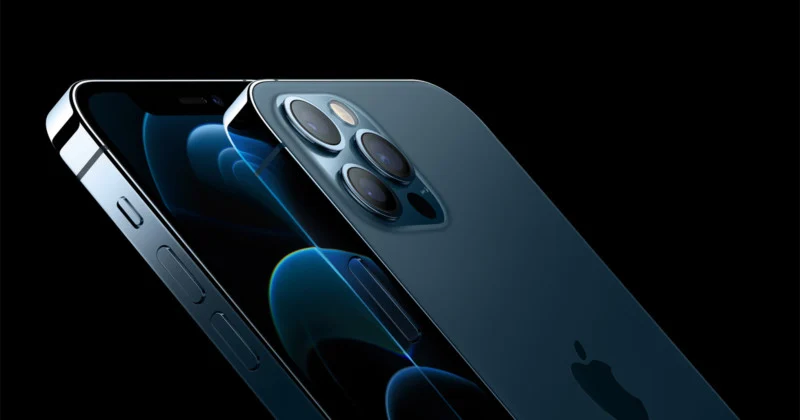Introduction
Buying a new or second-hand iPhone can be exciting, but one of the most important things to know before using it is whether the device is locked or unlocked. If your iPhone is locked, it means it can only work with one carrier, restricting your options when it comes to choosing mobile networks or using the phone while traveling abroad. On the other hand, an unlocked iPhone gives you the freedom to switch carriers easily, use international SIM cards, and often holds better resale value. In this guide, we’ll explain how to tell if iPhone is unlocked, explore different methods to verify it, and answer common questions that users usually have.
Why Does iPhone Lock Status Matter?
Before diving into the steps, let’s understand why checking the lock status is so important.
- Freedom to switch carriers: An unlocked iPhone allows you to choose any network provider.
- Better resale value: Unlocked devices are generally worth more in the second-hand market.
- International usage: If you travel, an unlocked phone lets you use local SIM cards instead of paying high roaming charges.
- No restrictions: Locked phones often tie you to long-term contracts.
Common Ways to Check If an iPhone Is Unlocked
There are several methods you can use to confirm whether your device is locked or unlocked. Below are the most reliable approaches.
1. Check in iPhone Settings
Apple provides a built-in option that makes it easy to check lock status.
- Open Settings.
- Tap General → About.
- Scroll down to the section labeled Carrier Lock.
- If it says No SIM restrictions, your iPhone is unlocked.
- If it shows a specific carrier name, your iPhone is locked to that carrier.
This is often the quickest way to verify without contacting your network provider.
2. Try a Different SIM Card
Another practical method is to test the phone with a SIM card from another carrier.
- Power off your iPhone.
- Insert a SIM card from a different provider.
- Restart the device.
- Make a call or use mobile data.
- If everything works smoothly, the iPhone is unlocked.
- If you see an error like SIM Not Supported, the device is locked.
This method is straightforward, but you’ll need access to another SIM card.
3. Contact Your Carrier
Sometimes, the best way is to reach out directly to the carrier. Provide them with your phone’s IMEI number (found under Settings → General → About). The carrier can confirm whether your device is locked and, in some cases, even help you unlock it if you meet eligibility requirements.
4. Use Online IMEI Checkers
There are several online tools that allow you to check the lock status by entering your IMEI number. However, some may charge a fee, and not all are accurate. Always use trusted platforms when going this route.
5. Apple Support Assistance
If you’re still unsure, Apple Support can also help verify the status. By sharing your IMEI or serial number, they can confirm whether your iPhone is locked.
Related Keywords You Should Know
To give you a better understanding, let’s also discuss five related terms often connected to iPhone unlocking:
SIM Restrictions
This phrase appears directly in your settings when you check lock status. If it shows No SIM restrictions, your device is unlocked.
IMEI Number
How to Tell if iPhone is Unlocked:
The International Mobile Equipment Identity (IMEI) is a unique number for your device. It’s essential when checking unlock status with a carrier or online tool.
Carrier Lock
This refers to the restriction that ties your phone to a specific network. If you see this term in your settings, it means your phone may not work with other providers.
Factory Unlocked iPhone
Some iPhones are sold directly from Apple or official retailers as factory unlocked. These models work with any SIM card worldwide.
Network Compatibility
Even if your iPhone is unlocked, you should always check if it’s compatible with the network bands of the carrier you plan to use.
Pros and Cons of Having an Unlocked iPhone
Advantages
- Flexibility to use with any carrier.
- Higher resale value.
- Use local SIM cards when traveling.
Disadvantages
- Unlocked models may be slightly more expensive initially.
- Some carriers offer discounts only on locked models.
Common Myths About iPhone Unlocking
Myth 1: Jailbreaking Unlocks an iPhone
Jailbreaking only removes software restrictions but doesn’t permanently unlock the device. Carrier unlocking is different and must be done properly.
Myth 2: All Used iPhones Are Unlocked
This is not true. Many second-hand devices are still locked to their original carriers. Always check before buying.
Myth 3: Unlocking Voids Warranty
Official carrier unlocking does not void your Apple warranty. However, using unreliable third-party methods might cause issues.
Steps to Unlock an iPhone If It’s Locked
If you discover that your iPhone is locked, don’t worry. Here are the safe ways to unlock it:
- Contact Your Carrier – This is the official method. Carriers usually unlock devices after you meet certain conditions, such as completing contract payments.
- Apple Store – Sometimes Apple can assist if you have proof of purchase.
- Trusted Third-Party Services – Some services specialize in unlocking, but always choose reputable providers.
Final Tips Before Buying a Used iPhone
How to Tell if iPhone is Unlocked:
- Always ask the seller if the phone is unlocked.
- Verify through the Settings method before making payment.
- Check the IMEI status online.
- Ensure the phone isn’t blacklisted or reported stolen.
Conclusion
Knowing how to tell if iPhone is unlocked is essential for anyone purchasing or using an Apple device. Whether you’re buying a new iPhone, switching carriers, or traveling abroad, checking the lock status saves time and money. Use the methods mentioned above—Settings, SIM test, carrier contact, or Apple support—to confirm your device’s status. With this knowledge, you can make informed decisions and enjoy the full freedom that comes with an unlocked phone.
